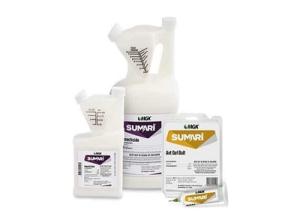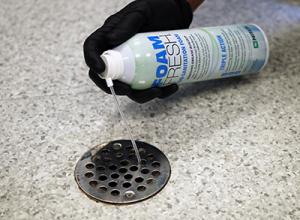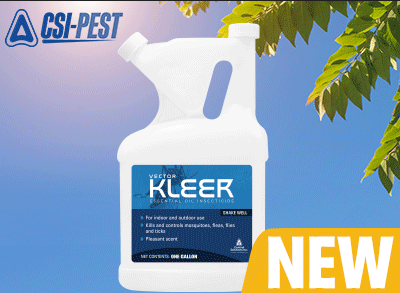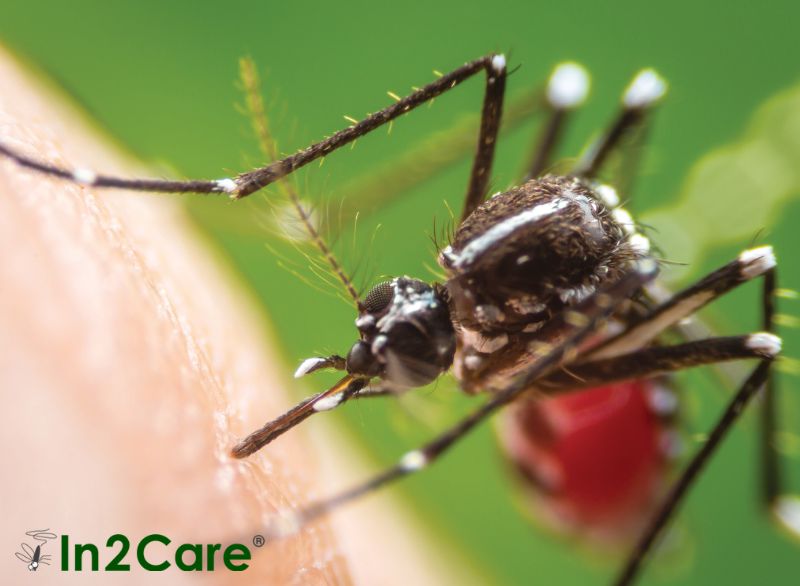Wood-Boring Beetle Tips
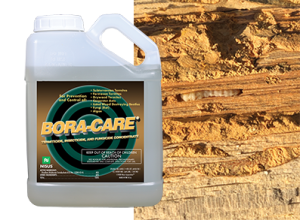
When most people think about structural damage in a home by an insect pest, termites probably come to mind first. However, there are other insects capable of causing significant damage with considerable financial consequences: wood-boring beetles are said to be second only to termite insects in the amount of damage they do annually in the U.S.
These beetles include species whose larvae or adult forms eat and destroy wood. While they play an important part of forest ecology serving as important decomposers of dead trees, they are certainly not welcome additions to the wood in your customers' homes.
"Wood-boring beetle" is a term that encompasses four separate beetle families, each with its own distinct set of characteristics: Lytidae (true powderpost beetles), Ptinidae (anobiids, including furniture and deathwatch beetles), Cerambycidae (old house borers) and Bostrichidae (false powderpost beetles).
Prevention
The first step in managing wood-boring beetles is always prevention. Ideally, protective measures can be arranged with builders before lumber is even installed so that a PMP applies a Bora-Care treatment to all raw wood prior to wood finishing and sealing. Bora-Care is applied at a 5:1 ratio for prevention on boards less than 4" thick. If the lumber is thicker than 4" (or if the wood is already infested), then Bora-Care at a 1:1 ratio should be used. For extra protection, a second coat may be applied with a 20-minute waiting period between applications. When this is not feasible, application may be made to wood in place and accessible.
PMPs should also work with homeowners regarding additional precautions they can take:
- When bringing in firewood, only bring in the amount used in one day.
- Remove and destroy all dead trees around the home.
- Keep an eye out for any new emergent holes and frass.
Quick identification tips
Wood-boring beetles are mainly active at night, so you may need to look for other evidence of infestation instead of actually seeing the adults. Knowing the characteristics and sizes of each family group will help you more easily identify the beetle family, even without the actual beetle on hand. For example, both the beetle families and Lyctidae and Ptinidae (anobiids) chew small, circular holes in wood. Lyctid beetle holes are typically smaller. If you see these holes and want to determine the family group, you can use the ‘pen test’. Put a ballpoint pen tip in the hole. If it barely goes in, it is a lyctid; if it enters part way, then it is most likely an anobiid species. In addition, look for insect frass that is powdery or grit-like. If it is fine like talc, it comes from a lyctid beetle. On the other hand, if it is fine with a slightly gritty feel, it is an anobiid beetle.
Because these infestations can sometimes die out, assess whether they are still active. An active infestation will leave frass behind that is light in color. Old frass is usually darker than the wood it came from. You may also want to simply monitor the area for new frass over a short period of time.
Lyctids typically only attack hardwoods (oak, ash, walnut, etc.), while Anobiids attack both hardwoods and softwoods. Anobiids typically prefer damp wood as well, so crawlspaces, basements and sheds are ideal targets.
Where did they come from?
If the home is new and there is a problem within the first five years, the wood was most likely infested prior to installation. In particular, Lyctidae and Ptinidae beetle life cycles are extended. They lay eggs in the surface of the unfinished wood, then the eggs hatch hatch 1-5 years later at a time of year predominantly determined by temperature. The larvae mature into adults, eating their way to the surface, where they create visible exit holes as well as unpleasant homeowner surprises.
If the home is well established and there are recent signs of an active infestation, there could be several sources, including bringing them into the home with firewood, new furniture, cabinets or other wood materials. Adult beetles will occasionally seek shelter through cracks in a foundation or enter through an open window or door (beetles are weak flyers).
If the home is infested…
A remedial treatment using a borate will kill active infestations and provide residual protection. While borates are the solution to help prevent future infestations, some customers might see adult beetles after treatment. This is not a sign that the treatment failed but rather that some adults emerged after treatment. The adults will not reinfest.
For more information for both PMPs and their customers, visit woodboringbeetles.com.

